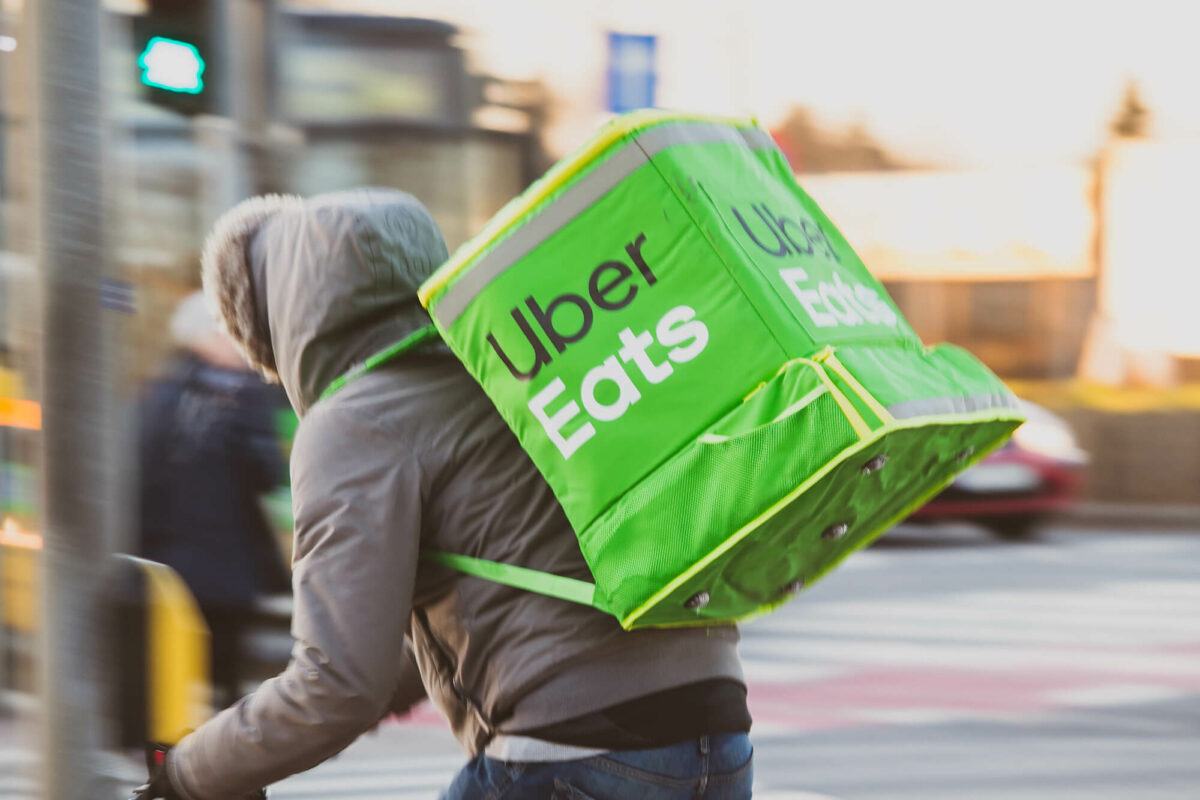Editors Note: In late 2018, a predictive trend piece titled “9 Trends for 2019 that QSR Brand Can’t Ignore” was published. It struck us that it is as relevant today, as when it was originally shared. No one could have guessed the widespread societal changes that would occur over the course of the next year and a half. The COVID-19 pandemic has significantly altered the status quo across the country, and businesses and brands in all sectors have been forced to make drastic changes to their operating models and annual plans. The restaurant industry was among those most impacted by having to shutter their doors to sit-down dining during the pandemic. Essentially, every establishment that could keep its doors open was transformed into a quick service restaurant (QSR).
Seemingly overnight, online ordering, curbside pickup, and delivery services replaced the traditional restaurant dining experience, forcing restaurants to transform and adapt new business models and digital tools and technologies (or manually pivot in the short term). With patio dining and some on-premise table availability back in many major cities, below is a look at the technology trends that we believe are here to stay.
Turning Manual Pivots into Scalable Processes and Technology Enablement Opportunities
In order to compete, restaurants of all shapes and sizes must keep up with a technologically rich environment. What used to be a “nice to have” or a long-term roadmap item is now critical to a restaurant’s ability to generate revenue. While the food delivery business exploded in 2015 and 2016, and order automation followed soon after, many on-premise restaurants and quick service restaurants (QSR) were forced to dramatically alter operations and introduce new offerings to try and stem the overnight profit loss.
Online grocery ordering, in-store pickup, and delivery is the new norm, but that doesn’t mean that any restaurant or QSR can sit back and relax. The competitive differentiation focus is now on the experience. Is placing a pick-up or delivery order even an option? If so, was it easy to place an order and pay? How was pick-up experience and how long did it take for the order to arrive? Did the food come fresh and meet presentation standards once the container was opened? For the vast majority of brands, one or two of these customer experience aspects might have been top of mind, but not all of them at the same time.
This is where the path of brands like global pizza leader Domino’s (an Ansira client) becomes an interesting case study. According to a recent QSR Magazine online article, “Domino’s might be best positioned to grow after the pandemic.” The article further states that, “…one consistent trend during COVID-19 is pizza outperformance. The why isn’t complicated: Pizza brands came into the crisis, on a broad scale, already equipped to deliver and fulfill carryout service. No pivot needed.” All without compromising quality, freshness, or authenticity.
So, what considerations might other restaurants make to help them better weather the next downturn or crisis?
Food for Thought:
- Chick-fil-A, (an Ansira client) partnered with DoorDash to deliver to customers located within 10 minutes of the restaurant, and other chains have begun integrating accurate location technology to up the ante on their mobile ordering platforms. Location technology allows restaurant operations to speed up the drive-thru ordering process and set delivery radius boundaries that facilitate the best possible customer experience. This same technology can also be used to alert workers when a customer has entered the parking lot for pick-up – immediately identifying the customer with their order number.
- There are insights to be mined in your data! Dig into your product purchase data to determine if there are add-on ticket items that could be promoted as a companion offering. This will help increase overall ticket amount and help offset some of the third-party delivery fees.
- Operationally, restaurants can further enhance third-party delivery service by linking partners to back-of-house and POS systems, or embarking on data sharing initiatives to help drive growth for both entities.
- All restaurants should consider how they can leverage technology to make payment easy and frictionless. Options for no-touch or contactless payments will become the norm as consumers look to continue social distancing and other hygienic practices that have become lasting behaviors in the wake of the pandemic.
- Brands like Domino’s, Dunkin, and others were early adopters of voice technology. In partnership with Amazon, customers are empowered to place mobile orders via an Alexa app “skill” tied to their mobile apps. This proved to be a wise defense strategy in the wake of COVID-19, as customers can select a specific delivery time, pick-up location, preferred order, and payment all through synced Amazon and brand-specific apps/accounts. Voice ordering combined with location technology could have significant benefits for consumers looking for a seamless and fast dining experience. As new forms of AI and voice assistant-type technological advancements are made, restaurants must keep the pace and adapt usage for those as well.
- The top five QSR brands — Starbucks, McDonald’s, Papa John’s, Taco Bell, and Domino’s — don’t use social media only to solve problems; they use it to promote evergreen deals. Brands that win are meeting customers where they are on their social media platforms to enhance the brand experience through customer service and promotion of meaningful offers.
- As new operating procedures, ordering, and delivery options continue to change, consumers also need to be made aware of these changes. Ensuring updated customer journey mapping and message triggers are key to delivering the right message, at the right time. Additionally, if brands are helping out their communities during these tough times, they should be spreading those messages far and wide.
If you found this post to be informative, check out another recent post titled, “Restaurants: The Lasting Power of Technology + Human Engagement to Drive Growth” which recaps highlights from a recent fireside chat between Ansira’s EVP, Chief Customer Experience Management and Alliances Officer and our client from Panera Bread.

